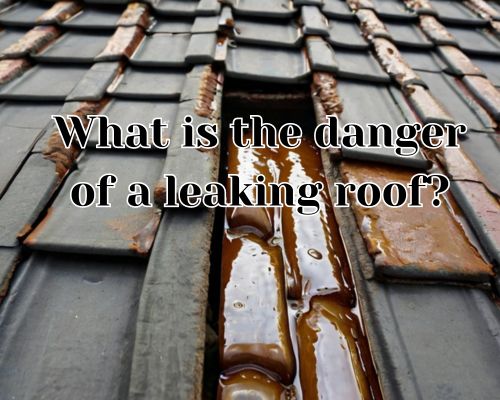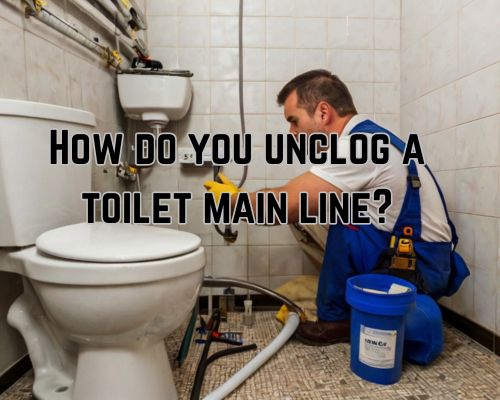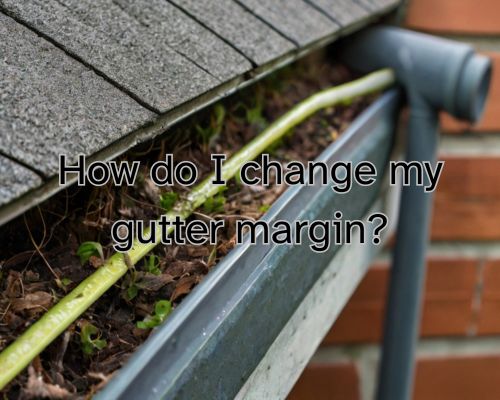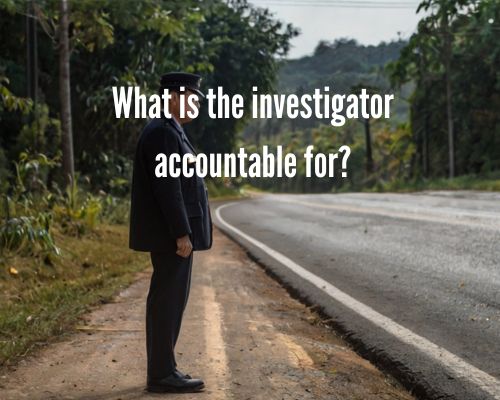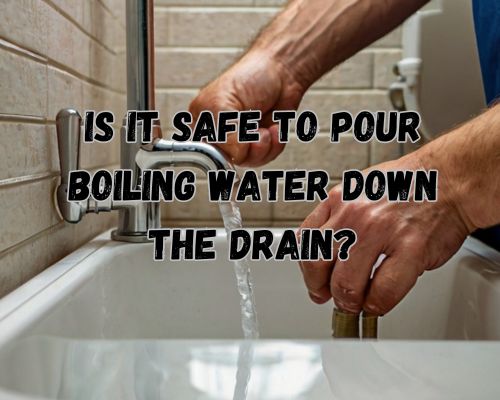An unexpected visit from an investigator can be unsettling.
Investigators might come to your home for various reasons, such as gathering information on a case, conducting welfare checks, or following leads related to a crime.
Understanding why they are at your doorstep can help alleviate some of the stress and confusion that comes with such an encounter.

“In some cases, detectives are seeking cooperation in an ongoing investigation. They might be looking for someone connected to an incident, or they could be there to ask if you’ve witnessed anything unusual.” said Charles Jimerson of Private Investigator West Palm.
Knowing your rights is essential during these interactions. For instance, you generally don’t have to let them in without a warrant.
If the visit involves verifying eligibility for public welfare programs, it’s usually to ensure continued assistance.
These visits are typically routine and part of maintaining the program’s integrity.
Being aware of the different reasons an investigator might show up can help you respond appropriately and protect your privacy.
Understanding the Reasons for an Investigator’s Visit
When an investigator arrives at your doorstep, the reason can be linked to various different circumstances involving law enforcement, government agencies, or private inquiries.
Each scenario demands specific actions and responses from you.
Law Enforcement Inquiries
Law enforcement inquiries often involve the police, detectives, or federal agents such as the FBI or DEA.
Such visits may relate to criminal investigations, search warrants, or interviews.
The police might suspect you or someone in your household of a crime or need information regarding a crime in your neighborhood.
Federal agents could be investigating serious offenses like drug trafficking or terrorism.
They may request documentation, conduct an interview, or even perform a search if they have a valid search warrant.
Key Points:
- Suspect Investigation: Law enforcement suspects involvement in a crime.
- Search Warrants: Authorized search of premises.
- Information Gathering: Request for documentation or interviews.
Investigations by Government Agencies
Government agencies such as the IRS, CPS, or other federal and state entities might conduct visits to verify compliance with laws and regulations or investigate allegations.
For instance, IRS agents might visit to review tax-related issues or claims of fraud.
Child Protective Services (CPS) may come to check on the well-being of a child if there’s a report of neglect or abuse.
Other agencies might follow up on complaints or perform routine checks, requiring you to present relevant documentation or explain certain activities.
Key Points:
- IRS Inquiries: Tax review or fraud investigation.
- CPS Visits: Concern for a child’s welfare.
- Other Agencies: Compliance with regulations or complaint follow-ups.
Private Investigator Engagements
A private investigator might visit your home for various reasons unrelated to law enforcement or government oversight.
These professionals often work for private clients and handle matters like locating missing persons, conducting background checks, or gathering evidence for legal professionals.
Such visits can stem from personal or corporate interests. For example, they may seek information on someone staying at your residence, or they might be conducting surveillance in your neighborhood.
The private investigator like Private Investigator West Palm, might ask detailed questions and request access to certain areas or records.
Key Points:
- Background Checks: Verifying information for clients.
- Locating Individuals: Searching for missing persons.
- Surveillance: Gathering evidence for legal cases.
Preparing for and Managing the Visit
Successfully handling a visit from an investigator requires a good understanding of your rights and responsibilities, effective communication, and taking appropriate safety measures to avoid any misunderstandings or conflicts.
Know Your Rights and Responsibilities
When an investigator arrives at your home, it’s crucial to be aware of your civilian rights.
You are not obligated to let them into your house without a warrant.
If a police officer or investigator does present a warrant, read it carefully to understand its scope.
Consulting a lawyer, especially a criminal defense attorney, can provide clarity on legal questions.
They can guide you on whether you must answer questions or provide evidence.
Under most circumstances, you can request legal counsel to be present during any interactions.
Understanding these rights ensures you are prepared and can respond appropriately without inadvertently incriminating yourself or others.
Engaging with Investigators
Communicate with professionalism and caution.
Greet the investigator politely to avoid appearing rude.
Verify their credentials to ensure they are legitimate.
If they ask questions, keep your responses short and factual. Avoid volunteering extra information that might not be necessary or relevant.
Consider scheduling a formal interview if they need detailed information, so you have time to prepare or consult with an attorney.
If neighbors or friends are witnesses, advise them to also be mindful of their own rights.
Document the interaction by noting the investigator’s name, badge number, and the purpose of their visit. This can be helpful if you need to review the encounter later.
Ensuring Safety and Reducing Misunderstandings
Your safety and the safety of your family is paramount.
Inform the investigator that you wish to keep the visit brief to minimize any disruption.
Securing pets and making children aware of the situation without alarming them can help maintain a controlled environment.
To prevent safety hazards, ensure entryways are clear.
Avoid obstructive behavior that might be misinterpreted as resisting or defensive.
Communicate with caution and respect, which can help de-escalate any tension.
Keeping a calm demeanor and being cooperative without compromising your rights can significantly reduce the chances of any misunderstandings arising during the encounter.
